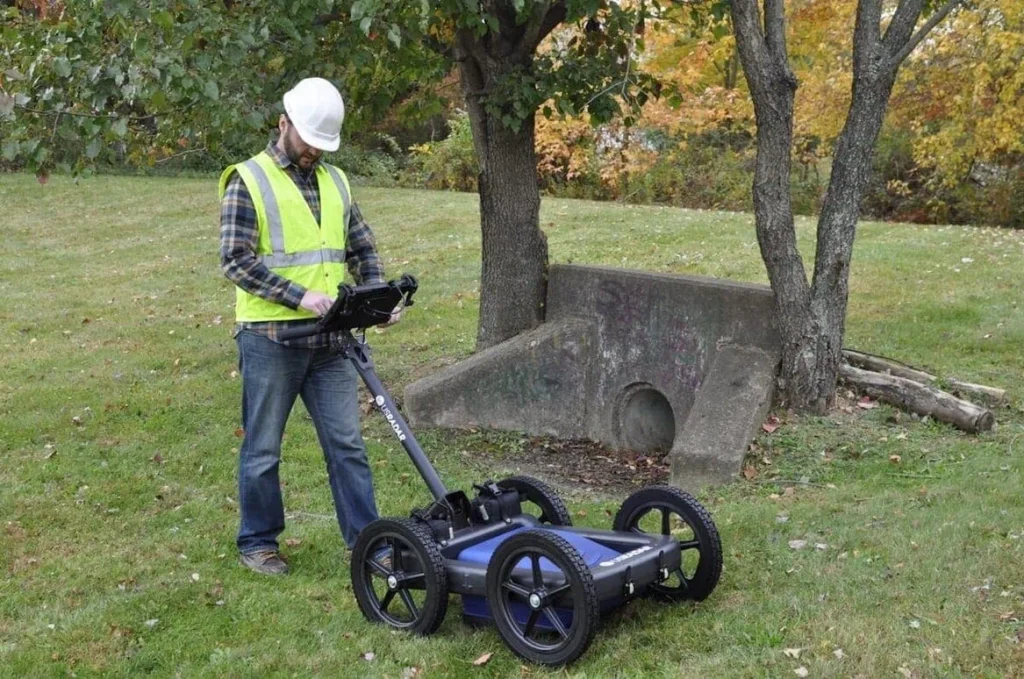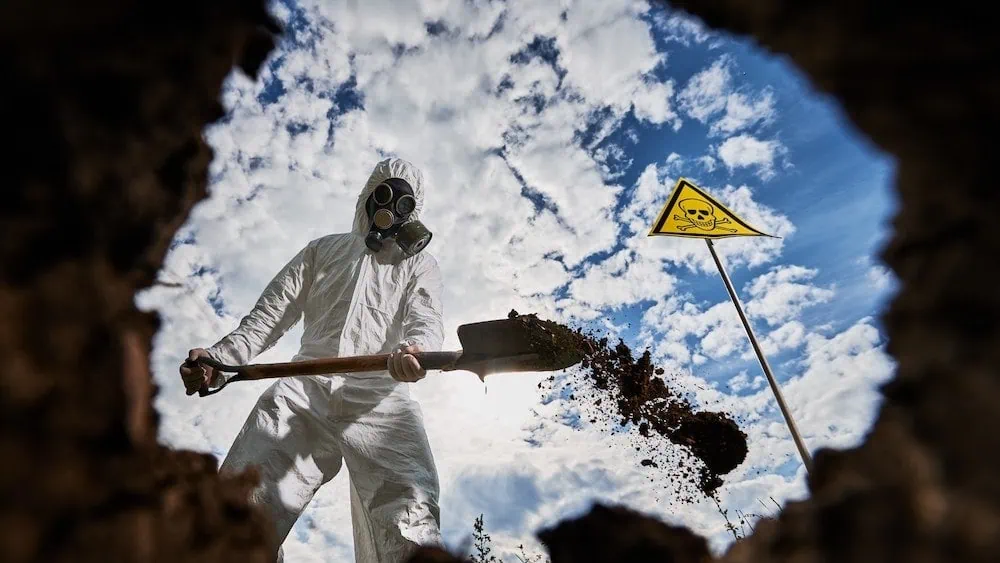Can GPR Detect Clay Pipe in Clay Soil?
How Ground Penetrating Radar Systems Detect Nonconductive Lines
Clay pipe is one of the many types of non-conductive materials used in constructing utility lines. Others include materials like PVC, fiberglass, and more. Contractors, utility locators, excavators, and others digging beneath the surface often face the challenge of having to detect these sorts of pipes before breaking ground. Because they are non-conductive, many types of locating tools are ineffective when it comes to locating and imaging these lines. Our systems help locating teams worldwide overcome this obstacle.
This common hurdle can be overcome with the use of a GPR system. Unlike other tools, our systems are designed to image the entirety of the subsurface. This means that our devices are programmed to detect soil layers, buried objects, disturbances, and more spanning great depths across multiple soil conditions. Using GPR, the system operator can detect, document, and share the locations of these non-conductive lines.
Let’s look at this in more detail; starting with how GPR detects clay pipe.
How GPR Detects Clay Pipe
Ground penetrating radar systems are designed to image the subsurface. Our systems, in particular, are the only ones on the market that emit a triple-frequency signal through the soil. This capability enables our software to image three separate scans at different depths simultaneously. This allows for a clearer picture that the locator can cross-compare for better accuracy. Any disturbance or anomaly recorded in these images, regardless of material, is marked by an arch-shaped hyperbola. The narrower/sharper the hyperbola is, the smaller the object will be. A 4” poly line returns a smaller hyperbola than a buried septic tank.
It is important to note that no GPR system on the market will tell you the specific material construction of any subsurface object. Analyzing and interpreting the data is the responsibility of the operator or other professional involved with the job. The system will not say “this object is clay pipe” or “this is a buried wooden box” on the screen. The GPR system will tell you that something is there, but it cannot determine the material. Thus, when detecting clay pipe in clay soil, the GPR data will show there is a disturbance in the soil structure where the pipe was installed, and the void created by the pipe will provide key context clues to the locator that an object is present where the pipe is suspected to be buried; among other factors.
So, Does GPR Help Me Find Clay Pipe?
Yes, our GPR systems can aid you in detecting clay pipe as well as other nonmetallic and nonconductive utility lines and other buried objects. Our systems image the subsurface, and that also includes soil layers and soil disturbances. As long as you are using the right antenna frequency and calibrating it to the soil conditions, you should have little to no problem detecting objects. Again, this does not mean you will see exactly what the object is, but its presence will be recorded.
Can You Detect Clay Pipe in Clay Soil?
A common myth is that you cannot detect clay pipe in clay soil. We will revisit other GPR myths in a future post. For now, let’s put this one to rest.
Yes, you can detect clay pipe in clay soil with GPR.
The myth holds that a GPR system cannot make a distinction between the clay used to construct the pipe and the clay soil. There are some key problems with this argument. First, a significant disturbance to the soil occurred when the pipe was installed. Second, the pipe is not congruent with the rest of the soil layers around it; thus will image as a disturbance or anomaly. Third, since a good GPR system will actually penetrate the non-conductive pipe itself and the interior of the pipe is a void in the soil, the GPR system will detect it. Fourth, the manufacturing process of terracotta pipes causes the pipe to be quite a different composition than naturally occurring clay soil. Combine these factors, plus more, and you will see that this concern is no more than fiction.
Start Locating Clay Pipe Today
Now that you know GPR systems are an effective tool for detecting clay pipe, let us help you complete your locating job. Contact us today and we will be glad to assist you.






